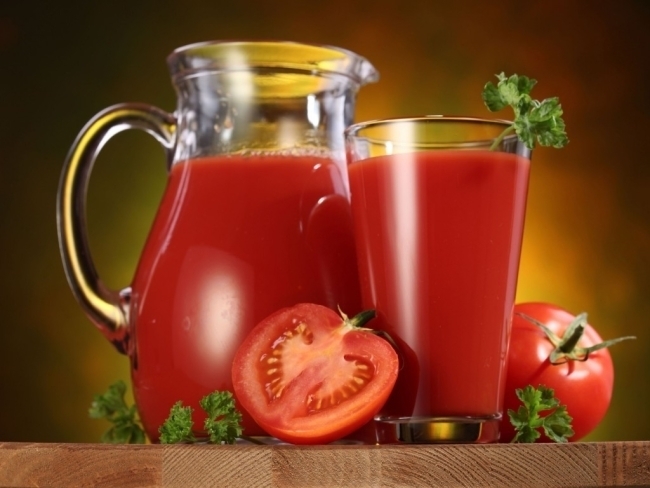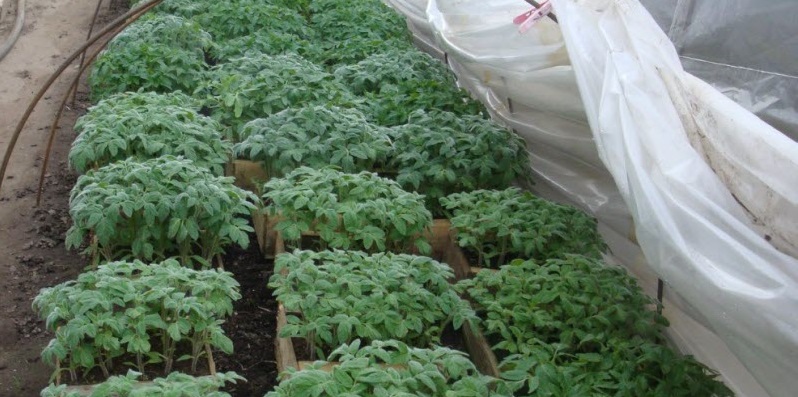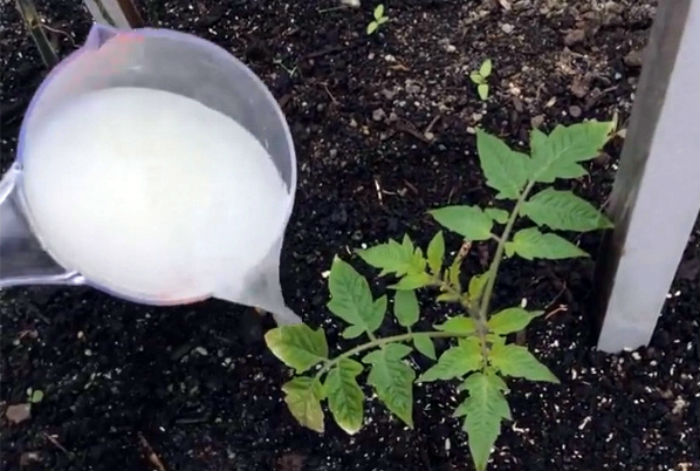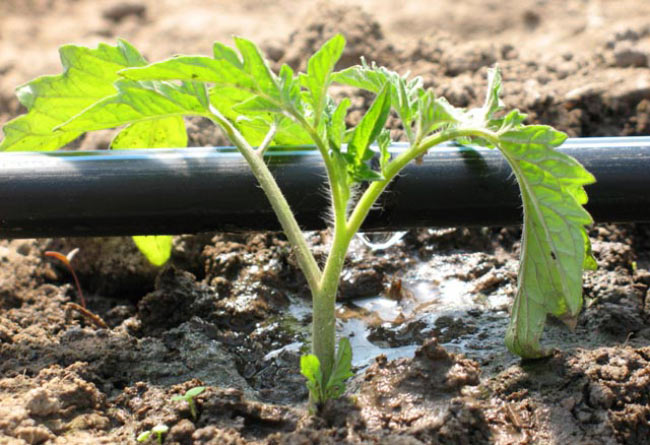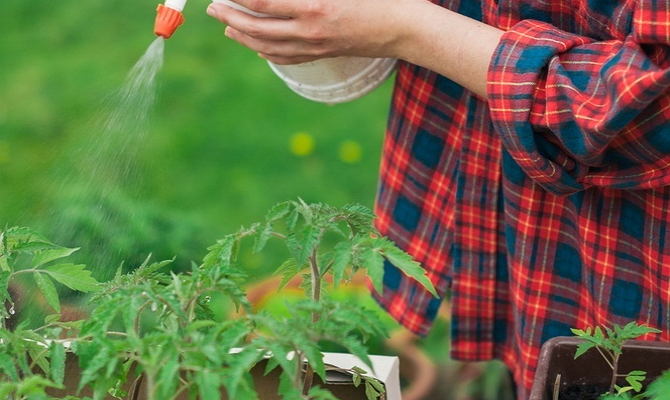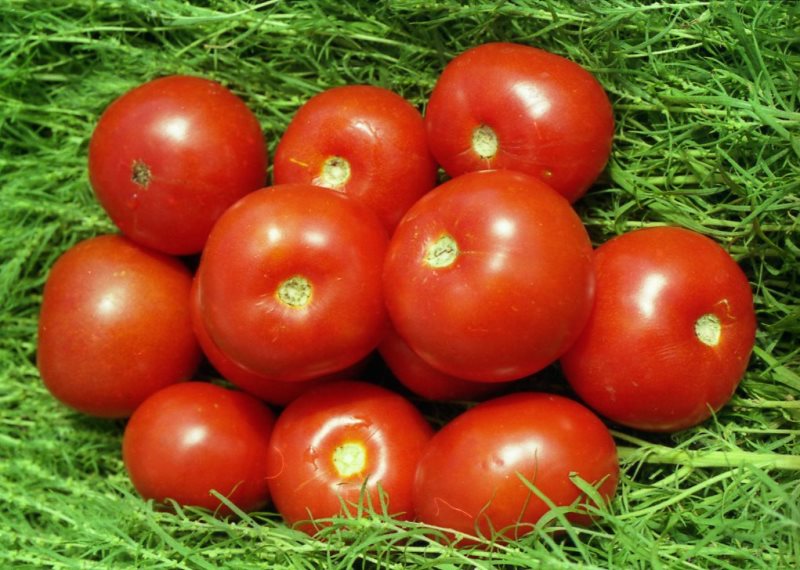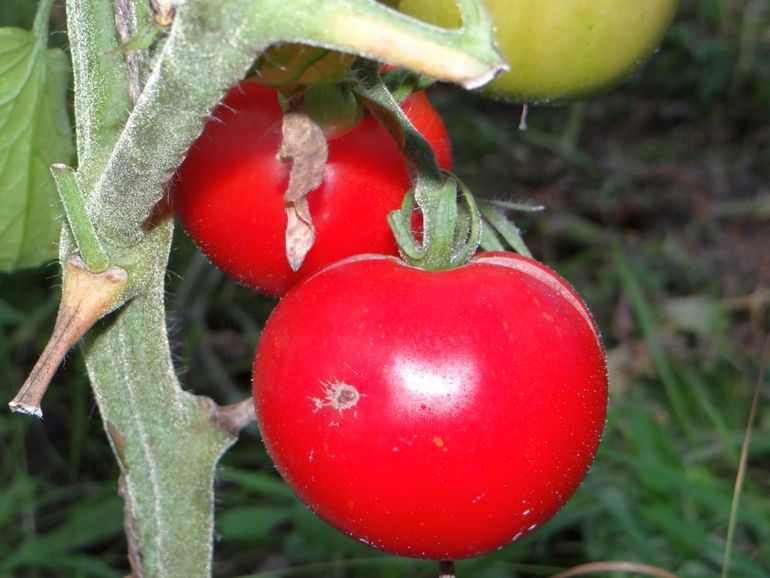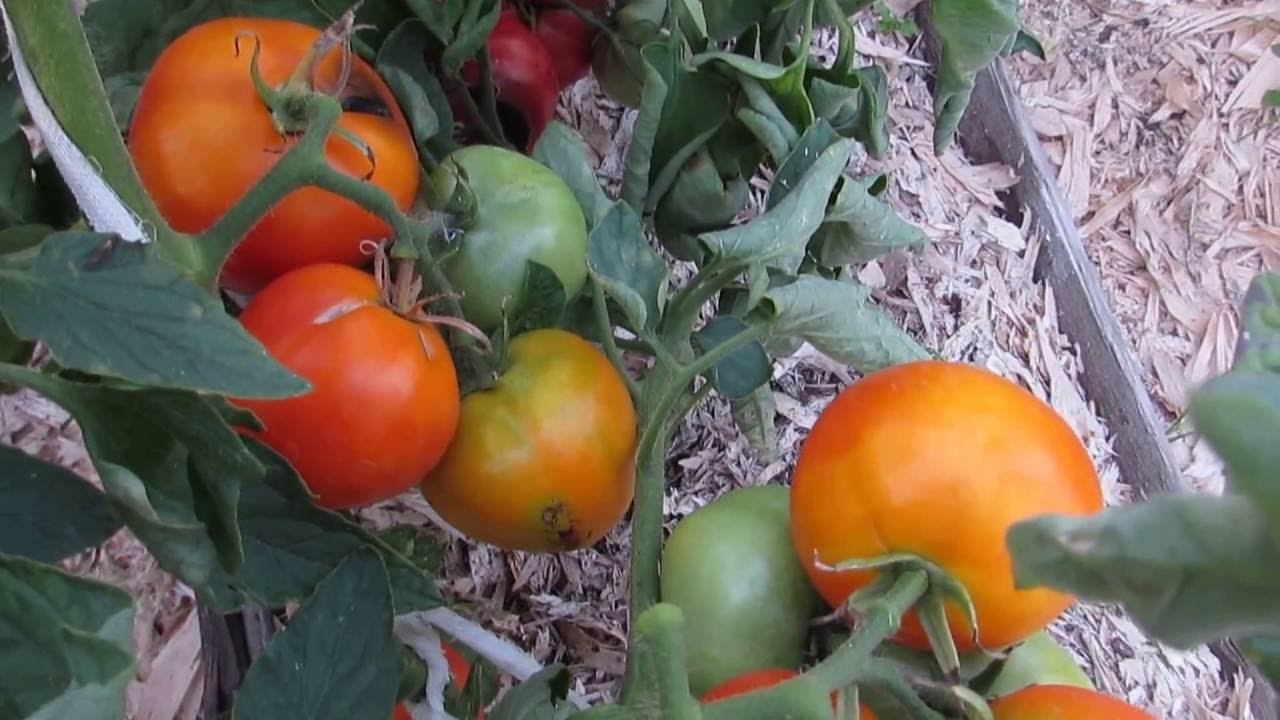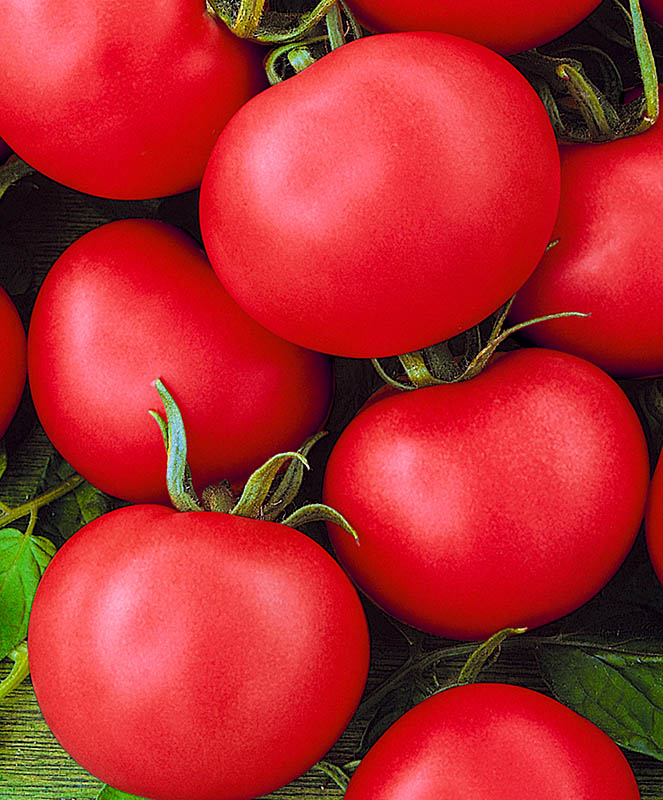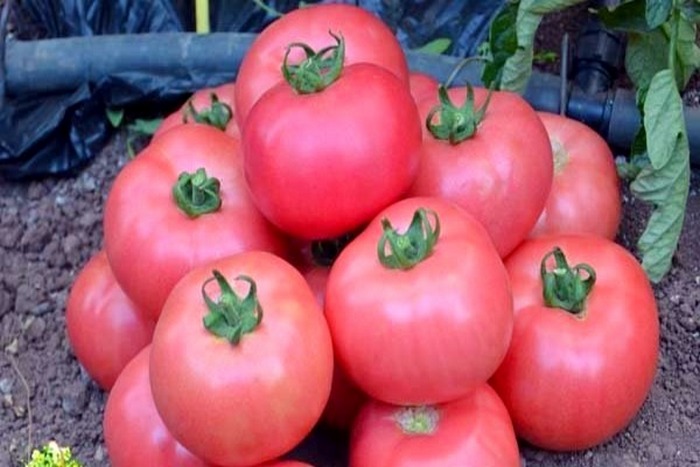Content:
Currently, on the shelves you can find a huge variety of different varieties of tomato seeds. Hybrid varieties are gaining popularity. As a rule, they are more productive, adapted to a wide variety of conditions and are immune to common diseases of the Solanaceae family. Siberian breeders have worked to create a variety suitable for cultivation in areas whose climatic conditions leave much to be desired. One of the promising options is the tomato variety Hope F1 (the prefix F1 indicates the hybridity of the variety), also called the Lake of Hope tomato.
Tomato Nadezhda characteristics and description of the variety
The characteristic and description of the tomato variety Lake of Hope should begin with a consideration of the appearance of the plants. Externally, the bushes are quite tall, determined 150 cm in height. At the same time, the bushes are voluminous due to the formation of a large number of stems, requiring formation on trellises or supports. Most often 3-4 stems are formed, i.e. 2-3 stepsons are left under the first flower brush, after which pinching is not necessary. Leaves are medium-sized, dark green. The inflorescence is of an intermediate type, ripening tomatoes form clusters of 4-6 pcs. The bushes are very fertile, up to 6 kg of ripe tomatoes can be harvested from a square meter.
The first harvest can be harvested already 95-100 days after planting the seeds, thus the variety belongs to the early maturing. These hybrids bear fruit very abundantly and for a fairly long time. Hope will delight with juicy fruits continuously until the end of August. Fruits are flat-round, rather large. The average weight ranges from 150-200 g. Despite the size, they are well stored, do not crack, retaining their presentation for 1.5 months after collection. As they ripen, they change color from light green to deep red. The skin of the fruit is thin with a glossy sheen, while strong, withstands heat treatment well. The pulp is dense and fleshy, the number of chambers is not less than 4. The taste is classic tomato, with a characteristic sweetness, which makes it possible to use them for juicing, using freshly squeezed form or harvesting for future use.
Agrotechnics
Tomato Nadezhda F1 is grown by seedlings. The seeds do not need to be soaked. Also, there is no need for pre-treatment of the seeds as it is carried out by the manufacturer. Seedlings should be planted in late March - early April. In containers covered with foil at a temperature of 24-26 °, the seedlings hatch for 4-5 days. After that, be sure to remove the film and put the seedlings on the sunny side. Until the moment of the pick, the temperature should be reduced, in the daytime - 13-16 °, at night 11-13 °. This will save the seedlings from pulling out and prevent overgrowing, for this hybrid, overgrown seedlings will affect the loss of yield.
The pick is carried out approximately 2 weeks after germination in the phase of the first true leaves. After transplanting in individual pots and until planting on the beds, you need to feed the tomatoes 2-3 times with complex fertilizers. For 10-14 days, the seedlings are hardened by exposing them to the open air for a short time.
Nadezhda tomatoes are demanding on the composition of the soil, so it is necessary to carry out preparatory measures no later than a month before planting the seedlings:
- In a month, the earth needs to be dug well, removing all weeds, roots and stones;
- Apply complex fertilizer in a week and dig it up again. At the rate of 2 buckets per square meter, a complex is introduced in a 1: 1 ratio from leaf humus and manure. If fertilizer stocks are limited, you can apply them directly to each well at 0.5 kg. Potash-phosphorus mixtures or special additives are well suited as mineral fertilizers. They are brought in before digging at the rate of 200 g per square meter;
- If necessary, the soil can be disinfected by treating with special agents such as Fitosporin or Trichodermin;
- Nadezhda F1 does not tolerate acidic soils. Therefore, it is worth checking the pH of the earth with special indicator strips. The optimal values are 6-7 units on the scale;
- Seedlings can be planted 7-10 days after the last soil preparation.
Seedling holes with a depth of 15-20 cm are placed at a distance of 0.5 meters from each other. Carefully freeing the bushes from the pot along with an earthen clod, they are immersed in the hole. Having covered the seedlings with earth, you can arrange a small embankment around it to prevent water spreading. After abundant watering with warm water, it is necessary to mulch the seedling with sawdust, peat or a special film. To protect against nighttime drops in temperature, the beds are covered with a film, in the daytime it can be removed.
Particular attention should be paid to plants grown in greenhouses. The air temperature is maintained within the range of 22-24 ° С during the daytime, at night - 15-16 ° С. At temperatures above 35 ° C, the pollen becomes sterile and the fruit does not set.
Watering tomatoes is done 1-2 times a week, with prolonged drought - more often. For the entire growing season, plantings are fertilized 3-4 times with a diluted mullein. Mulching can help slow the growth of weeds.
Periodic loosening of the soil will have a positive effect on growth to improve aeration of the root system. Since the bush is tall enough, it must be tied up as it grows. For better insolation, the lower leaves are removed, as well as lateral shoots above 3 brushes.
Tomato Nadezhda is resistant to typical diseases of the Solanaceae: late blight, fusarium, tobacco mosaic. For greater safety, it is recommended to pour the soil with a solution of copper sulfate. In open beds, the culture is susceptible to attack by the Colorado potato beetle, spider mites, aphids and slugs. Large insects and larvae must be collected and sprayed with an aqueous solution of peroxide.
Advantages and disadvantages of the variety
The obvious advantages of the Nadezhda F1 hybrid include:
- Resistant to frost, moisture surges and strong winds;
- High productivity;
- Long shelf life of ripe tomatoes;
- Persistent immunity to most infectious and fungal diseases;
- Attractive fruit appearance.
The main difficulties in growing can be:
- The need for regular pinching;
- Compliance with the feeding scheme in order to avoid loss of yield;
- The exactingness of plants to the composition and pH of the soil;
- Tying bushes, because, having a high growth in combination with weighty fruits, the stem can break.
Summing up, we can say that the considered hybrid tomato variety Nadezhda F1 is perfect for cultivation in areas with unfavorable climatic conditions. With proper care, the tomato will consistently delight you with an abundant and tasty harvest.

